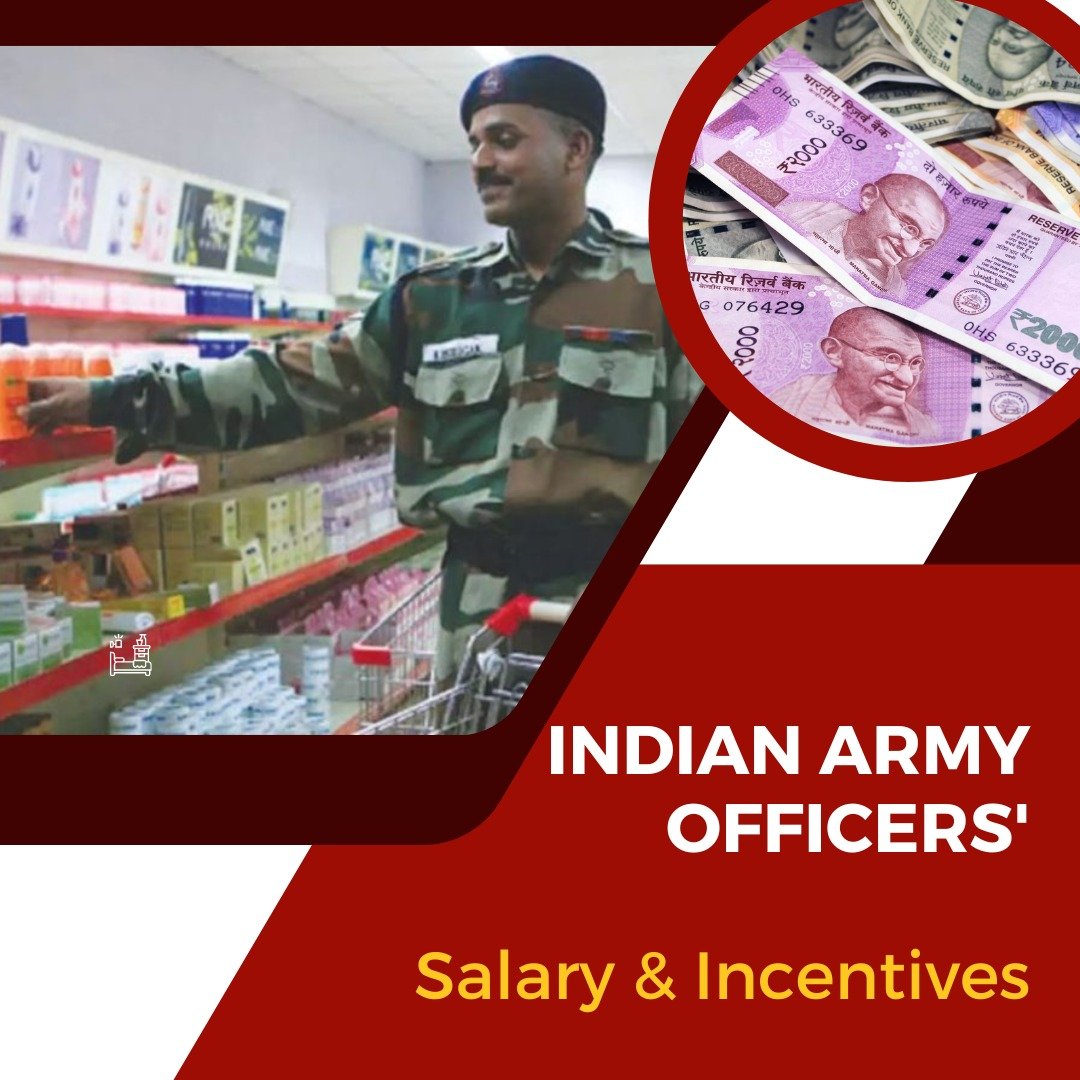
Ahead of China, Vietnam, #Bangladesh, and #India - #Pakistan had been one of the top performers growing 6% per annum from 1947- 1990 economically. 1991 onwards, weak governance and short-term stability led #Pakistan’s economy to “Boom and Bust”.
[1]

[1]


Bhutto’s bureaucratic reforms led to the destruction of governance, weak civil institutions, and the promotion of mega-corruption during institutional atrophy.
[2]
[2]
During that period, analysts argued that country’s poor performance is due to Garrison state syndrome (military domination), on the contrary, Pak’s economic performance during military rule had been better. Defense expenditure ratio to GDP was higher in the first 40 years.
[3]
[3]
Now, the combined budget allocation of health & education is excessive than the military. At the start of 1990, economic decline had an average rate of 4.5%.
[4]
[4]
During Musharraf’s tenure (2002-2008), the economic growth rose to 6-7%, GDP ratio increased at 23%, and foreign investment reached US $5 billion.
[5]
[5]
Under 18th amendment, the delegation of powers from federal to provincial level did not make a positive impact as anticipated. Power remained in a few hands, i.e., provincial headquarters.
[6]
[6]
The main reason for Pakistan’s economic instability is its incapacitated governance, as it promotes the economy along with all other social indicators. The current state of health and education is due to bad governance, not because of less budget allocation.
[7]
[7]
The absence of a significant reform circle in Pakistan is a major barrier in the path of reform. After the election cycle, political parties block reforms because they involve adjustment, which takes longer to gain interest.
[8]
[8]
On the other hand, autonomous and robust bodies have a history of staying one step ahead when it comes to national progress.
[9]
[9]
• • •
Missing some Tweet in this thread? You can try to
force a refresh












